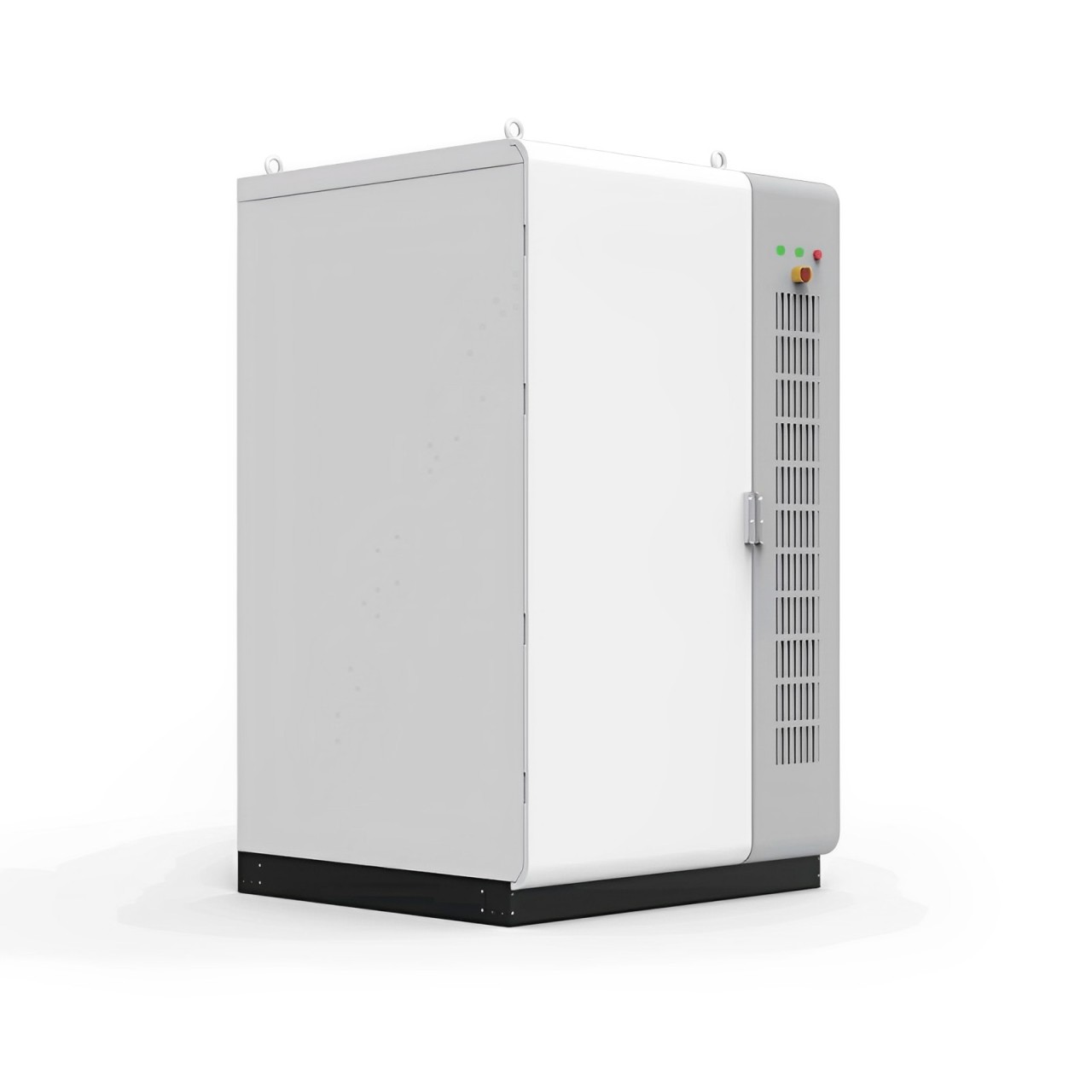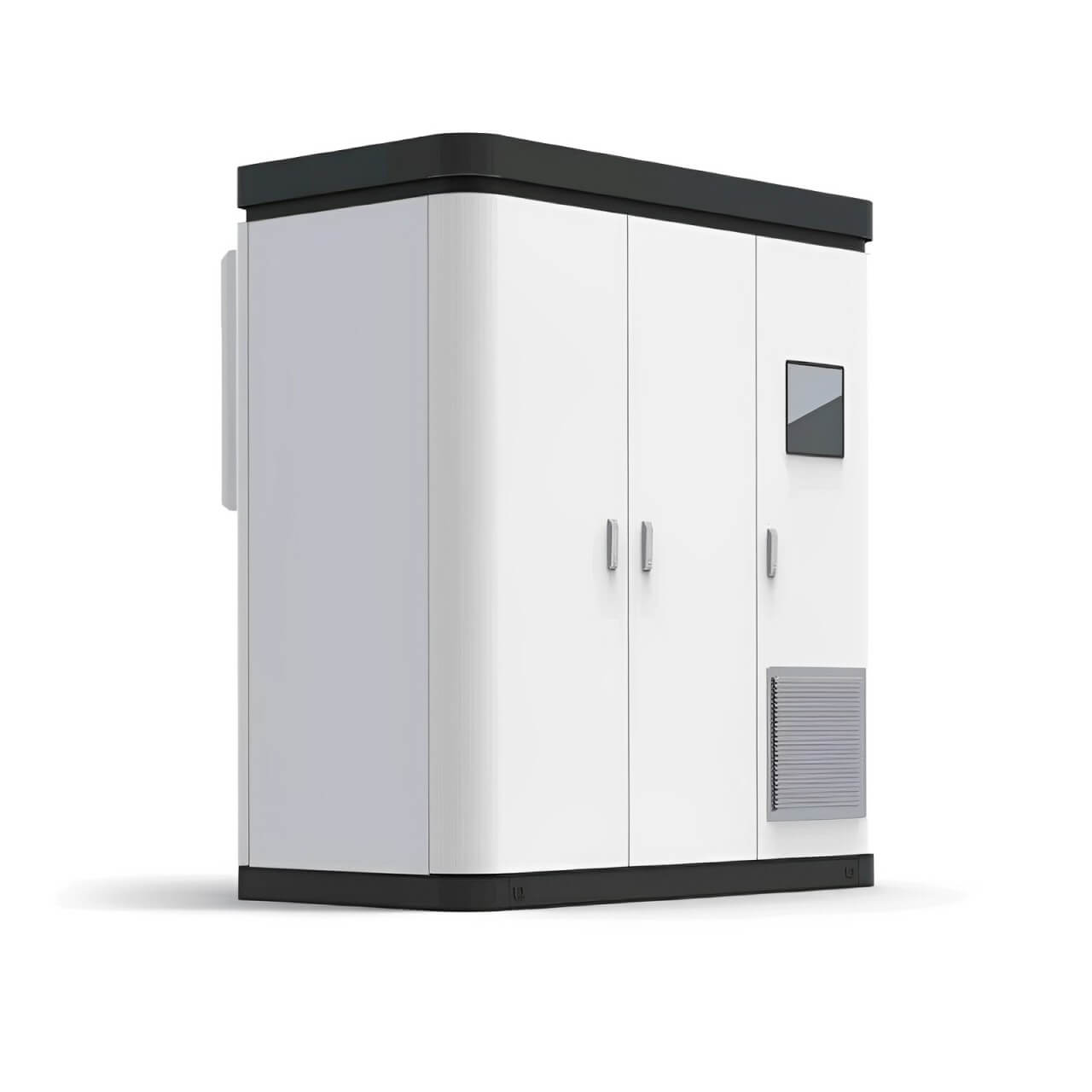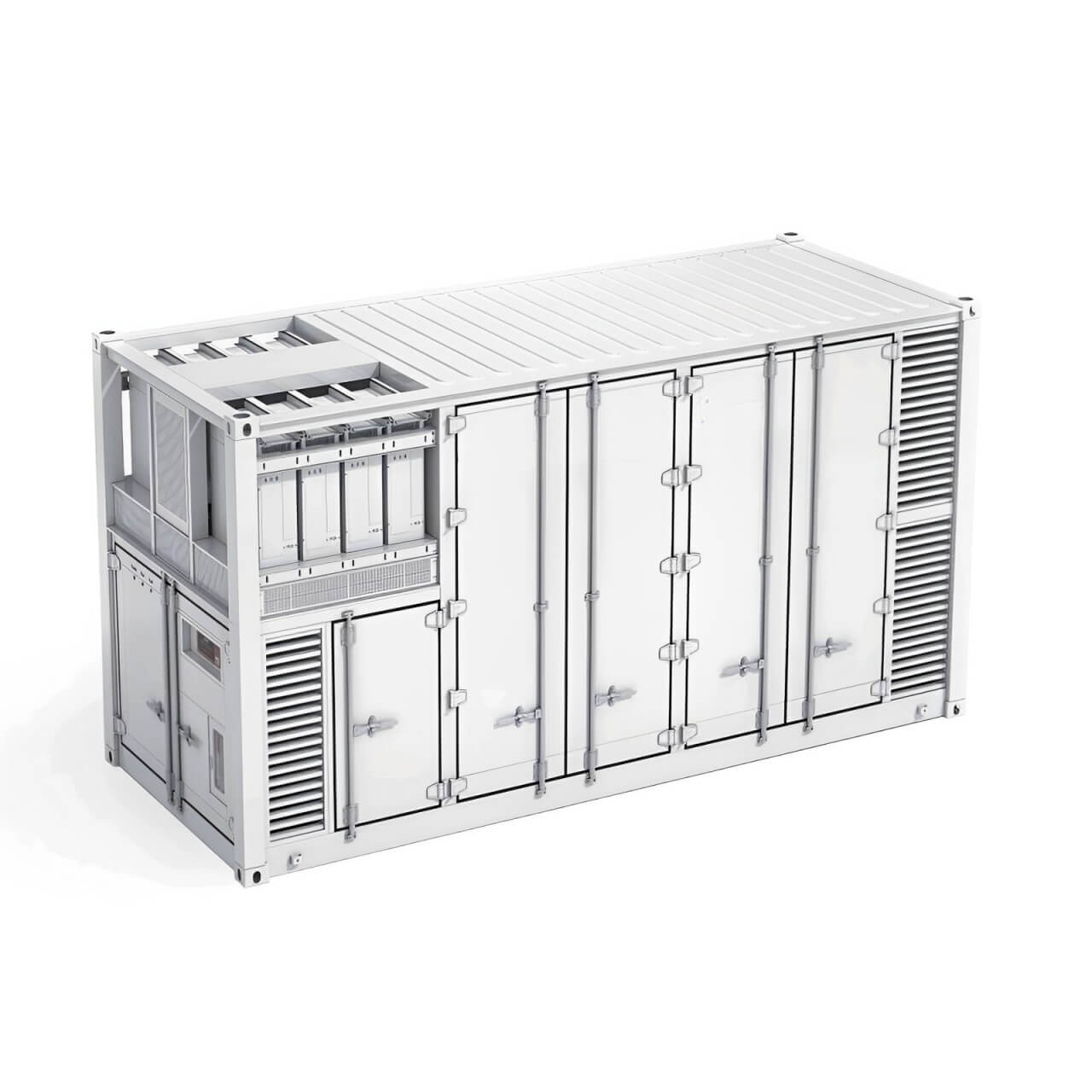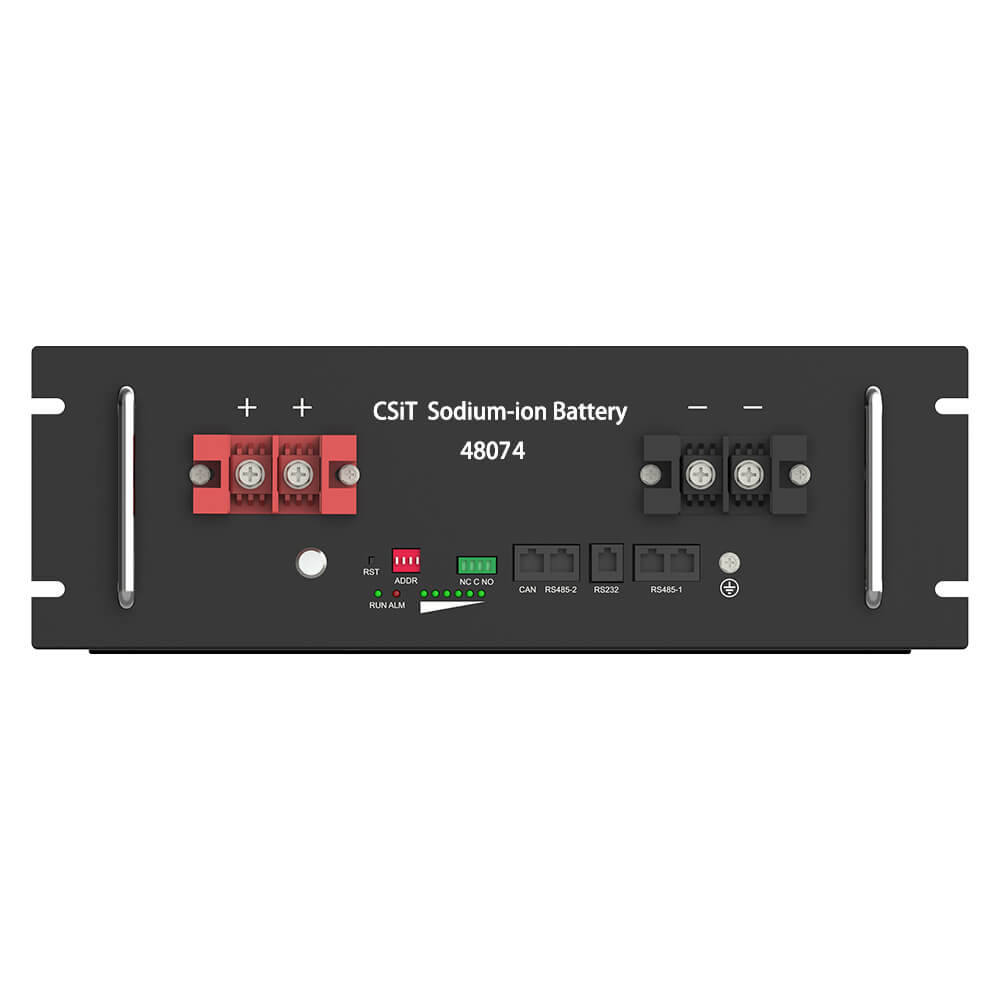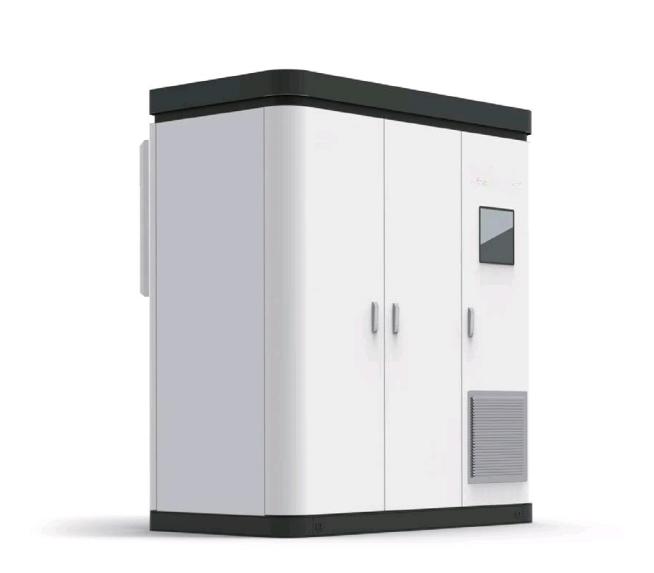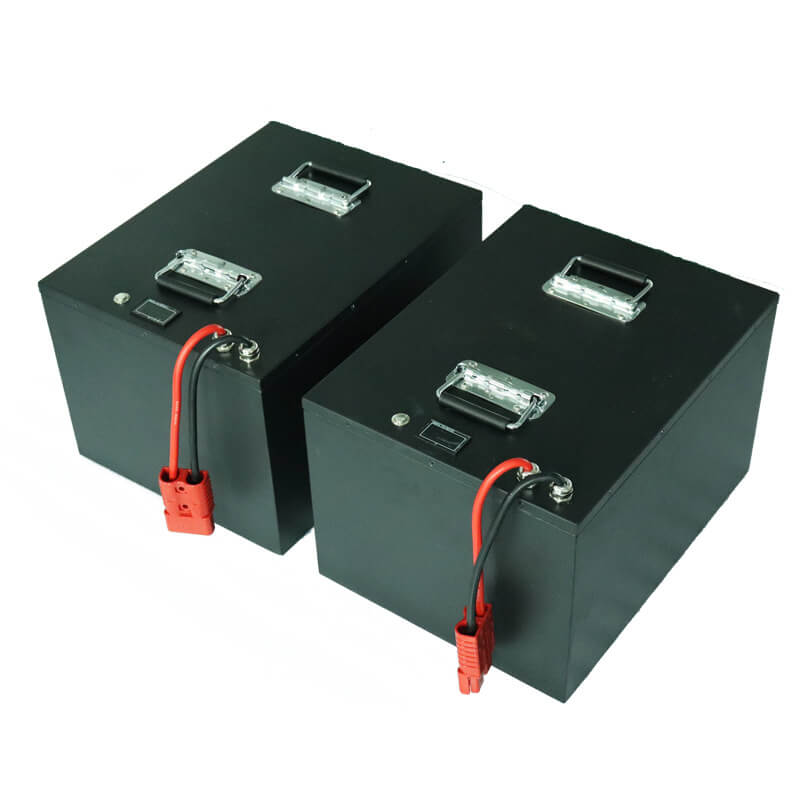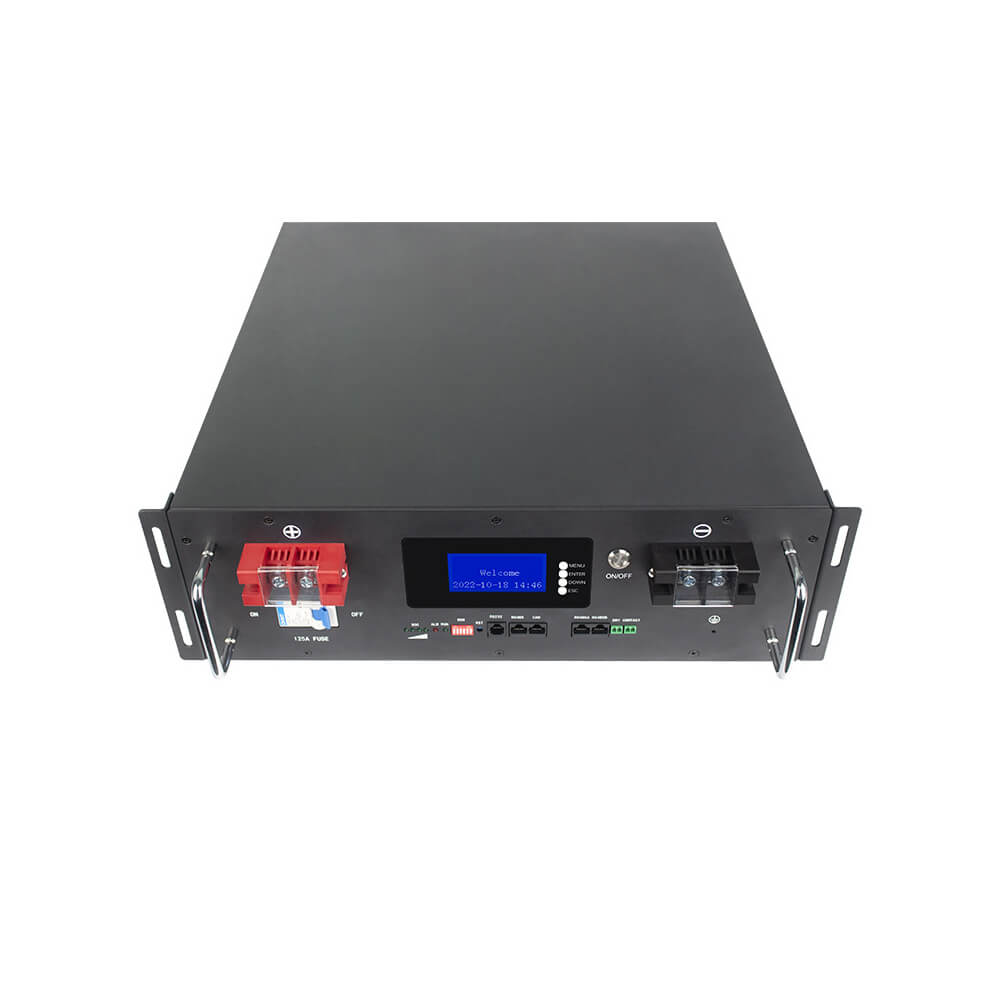What types of automotive lithium batteries are there?
Automotive lithium batteries are single-use batteries that use lithium metal or lithium compounds as positive electrode materials and organic electrolytes as battery fluids. They are suitable for the power supply of vehicles. Compared with traditional lead-acid batteries, automotive lithium batteries have lighter weight, longer life, higher energy density and greater temperature resistance, and have broad application prospects in new energy vehicles, hybrid vehicles and electric bicycles.
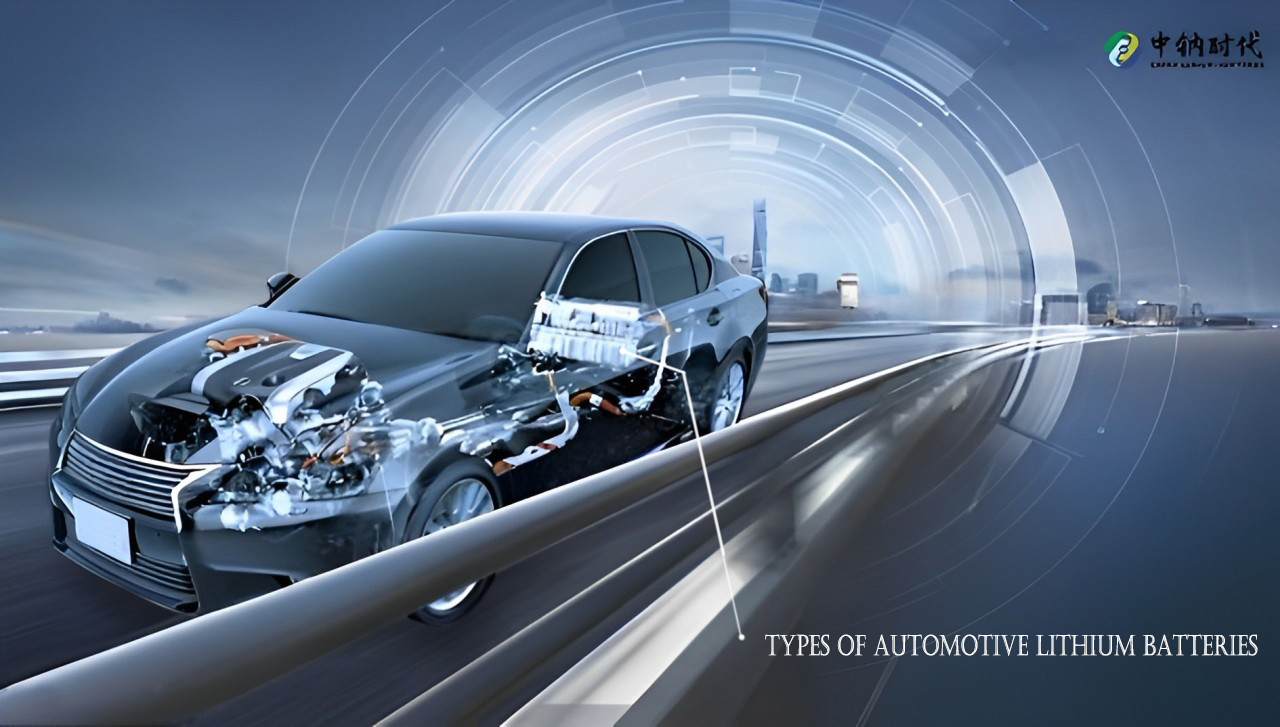
What types of automotive lithium batteries are there?
As an important part of new energy vehicles, lithium batteries are gaining more and more attention. Different types of lithium batteries can provide stable and efficient power sources for different types of vehicles. Below, CSIT automotive lithium battery manufacturers will introduce several common types of automotive lithium batteries.
1. Lithium iron phosphate battery (LFP)
Lithium iron phosphate battery is a cost-effective battery that has been maturely developed in the field of new energy vehicles. Compared with other battery types, LFP batteries use lithium iron phosphate as the positive electrode material, which means that its energy density is low, but the unique safety, life and temperature performance of lithium iron phosphate make it an ideal choice for automakers.
Compared with other battery types, lithium iron phosphate batteries have the following advantages:
1. Relatively cheap: Compared with other types of lithium batteries, LFP batteries can provide a more reasonable choice in terms of cost.
2. Safe and reliable: Due to the use of lithium iron phosphate as the positive electrode material, LFP batteries have a long life and are not prone to safety accidents.
3. Stable performance: LFP batteries show better stability in both high and low temperature environments, and can be charged and discharged without a cooling system.
2. Ternary lithium-ion battery (NMC)
Ternary lithium-ion batteries are a high-performance battery that exhibits good battery life and energy density. Compared with lithium iron phosphate batteries, the advantage of ternary lithium-ion batteries is that they have higher energy density. Although its cost is slightly higher than that of LFP batteries, manufacturers still like it because it provides depth of reduction (DOD) and has better battery life.
NMC batteries are often used in new energy vehicles that require high performance and high energy density. Its main advantages include:
1. Higher energy density: Compared with LFP batteries, NMC batteries provide higher energy density.
2. High performance: The special combination of NMC batteries makes them more suitable for high-performance vehicles.
3. Long life: NMC batteries can provide up to 10 years of life, making them more suitable for long-term use.
3. Lithium cobalt oxide battery (LCO)
Lithium cobalt oxide batteries are widely used in light electric vehicles and new electric bicycles. Its positive electrode material is lithium cobalt oxide, a chemistry that excels in energy density.
The main advantages of LCO batteries include:
1. Higher energy density: LCO batteries can provide high performance and energy density, suitable for medium-weight and high-speed electric vehicles.
2. Easy processing: LCO batteries use mature production processes, providing manufacturers with easier-to-process products.
3. Easy maintenance: Because manufacturers have made this battery into a complete, maintainable unit, they are also easy to maintain.
4. Nary high nickel battery (NCA)
Nary high nickel batteries are composed of three main components: lithium ion, nickel oxide and cobalt oxide. Their advantage is that they provide more energy to the device and are lighter in weight.
The main advantages of NCA batteries include:
1. Higher energy density: NCA batteries provide impressive energy density, providing wide applicability for the new generation of high-speed city cars.
2. Environmental protection: Since they rarely use harmful chemical information, they are relatively environmentally friendly.
3. Low production cost: Compared with other similar batteries, its production cost is relatively low.
5. Lithium titanate battery (LTO)
Lithium titanate battery is a high-performance and safe battery that is widely used in new energy vehicles, electric bicycles and power tools. Its advantages include:
1. Higher battery power: Due to its ability to withstand high buffer current in a short time, LTO batteries are used in applications that require high power.
2. Safe and reliable: LTO batteries will not explode or burn, and are very safe and reliable.
3. Long life: LTO batteries can be up to tens of thousands of charge and discharge cycles, making them the preferred battery for new energy vehicles, electric bicycles and power tools.
What are the differences between types of automotive lithium batteries?
Today, with the popularity of smart cars and the rapid rise of electric vehicles, lithium batteries have become one of the most popular batteries today. For electric vehicles, lithium batteries are indispensable components, and there are many types of automotive lithium batteries. What are the differences between these types? CSIT automotive lithium battery manufacturer will give you a detailed introduction to the five types of automotive lithium batteries and their differences.
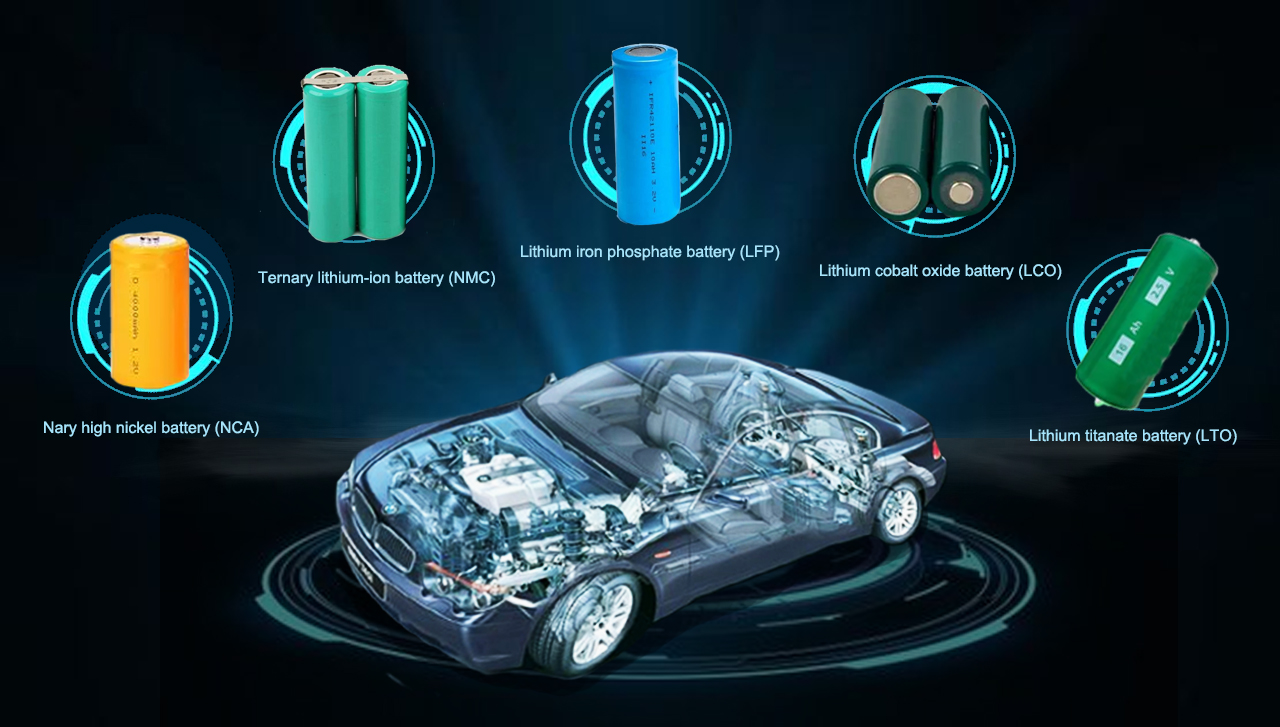
Type 1: Lithium iron phosphate battery (LiFePO4)
Lithium iron phosphate battery is a type of battery with the best cost symmetry, performance stability and safety among lithium batteries. The positive electrode material of lithium iron battery is LiFePO4, and the negative electrode is graphite material. The full name is lithium iron phosphate battery. The manufacturing process of lithium iron phosphate battery is simple and the cost is low. At the same time, it has good characteristics, such as stable working performance under extreme conditions such as high temperature and low temperature. Compared with other lithium batteries, lithium iron phosphate battery has very high safety performance. Even if there are faults such as overcharging, short circuit or puncture, it will not cause explosion and fire. Therefore, it is widely used in electric vehicles, especially commercial vehicles.
Type 2: Ternary lithium battery (LiCoO2)
The positive electrode of ternary lithium battery is LiCoO2, and the negative electrode is generally made of graphite material. Ternary lithium batteries have good safety performance and high specific power performance. They are mainly used in light applications such as power tools, laptops, and battery cars. However, due to the overheating, thermal runaway, and stress runaway of the battery, its application in the automotive field is limited.
Type 3: Lithium manganese oxide battery (LiMn2O4)
The positive electrode material of lithium manganese oxide battery is LiMn2O4, and the negative electrode is graphite. It is also referred to as "manganese battery". It has the advantages of low price and simple manufacturing process, but it has the disadvantages of easy ignition and short cycle life. Due to its low cost, large capacity and relatively good safety performance, it is widely used in electric bicycles, electric motorcycles and other fields.
Type 4: Lithium cobalt oxide battery (LiCoO2)
The positive electrode material of lithium cobalt oxide battery is LiCoO2, which has the characteristics of high voltage and high energy density, but there is little cobalt, the resource is extremely scarce, the cost is relatively high, and there are safety issues. If the purpose cannot be clear, concise and absolutely safe, it is recommended to use it with caution.
Type 5: Hybrid Li-ion Battery (NCA/LiNiCoAlO2)
NCA lithium-ion battery is known as one of the most powerful batteries, characterized by high energy, lightness and long life. This battery is sometimes called "hardware" and provides a chemical formula of the most prolific lithium-ion compound. It is valuable because it reduces the use of cobalt, so the price is relatively affordable. Due to the lack of cobalt, NCA energy has a great market advantage.
Which type of automotive lithium battery is more suitable for long-distance driving?
Today, electric vehicles have become one of the representatives of new energy development. With the continuous advancement of technology and the decline in costs, more and more consumers are trying to buy electric vehicles. The most common battery technology is lithium battery. But when choosing a car model, the types of lithium batteries equipped with different models are also different. So which type of automotive lithium battery is more suitable for long-distance driving?
Type 1 battery: lithium iron phosphate battery
This type of battery is widely used because of its high safety and domestic mass production. Its advantages such as long battery life, good high temperature resistance and fast charging speed have made many car companies choose lithium iron phosphate batteries as battery packs. But for long-distance driving, it has a defect that cannot be ignored - low energy density.
Compared with other battery technologies, the energy density of lithium iron phosphate batteries is relatively low, which means that its power storage capacity is limited. This means that frequent charging is required during driving, which not only increases the time and trouble during the journey, but also increases the psychological and economic burden of the owner during the process.
The second battery type: ternary material lithium-ion battery
Ternary material lithium-ion battery is another widely used lithium battery technology, and its energy density is relatively higher than that of lithium iron phosphate battery. This means that the vehicle structure weight can be reduced to a greater extent, and the mileage and endurance can be increased. At the same time, compared with other battery technologies, ternary material lithium-ion batteries have a longer life and can achieve high temperature performance.
In the view of many car companies, ternary material lithium-ion batteries are the best choice because they have more storage capacity and can meet the daily life of car owners. Around the distance and riding experience. However, in terms of long-distance driving, ternary material lithium-ion batteries may have the problem of insufficient energy density, and plug-in charging may still occur.
The third type of battery: lithium cobalt oxide battery
Lithium cobalt oxide battery is one of the earliest lithium battery technologies adopted. It has a high energy density and has become the preferred battery type for some pure electric models. In terms of appearance, the mileage and power performance of the models are very outstanding.
Although lithium cobalt oxide batteries have good endurance, their large capacity characteristics under existing technology are prone to cause safety hazards such as heating, which requires vehicle management and users to pay more attention to safety hazards when using them.
The fourth type of battery: lithium manganese oxide battery
Lithium manganese oxide battery is a highly safe and low-cost battery technology. Its safety comes from its amorphous anode material that does not exist in other lithium-ion battery systems. At the same time, lithium manganese oxide batteries also have high stability and their environmental performance is better than other energy storage technologies.
However, the cost of lithium manganese oxide batteries is slightly higher than that of lithium iron phosphate batteries. Although the energy density is relatively high, this advantage is still insufficient compared with ternary material lithium-ion batteries. For some electric models used on highways, lithium manganese oxide batteries are not the best choice.
The fifth battery type: Lithium Iron Battery
Lithium Iron Battery is a new type of power storage technology after NiMH battery. It has the characteristics of stable discharge, good safety, and no fear of overcharging. It has strong environmental performance and its price is gradually decreasing.
Although the energy density of Lithium Iron Battery is not as high as other types of lithium batteries, it is still one of the very few battery types used in pure electric vehicles due to its better safety, especially its good performance at high temperature. If you have high requirements for the safety of electric vehicles, you can give priority to models with Lithium Iron Battery.
From the current technological trends, automotive lithium batteries are becoming an important part of the development and popularization of automobiles. As people pay more and more attention to energy-saving vehicles and clean energy, the excellent performance of automotive lithium batteries has attracted attention from all aspects. At present, automotive lithium batteries are in a stage of rapid development. For this industry, we need to further observe, find its more outstanding aspects, and participate in its promotion and use.

 简体中文
简体中文 Russian
Russian French
French German
German Japanese
Japanese Korean
Korean Arabic
Arabic Spanish
Spanish